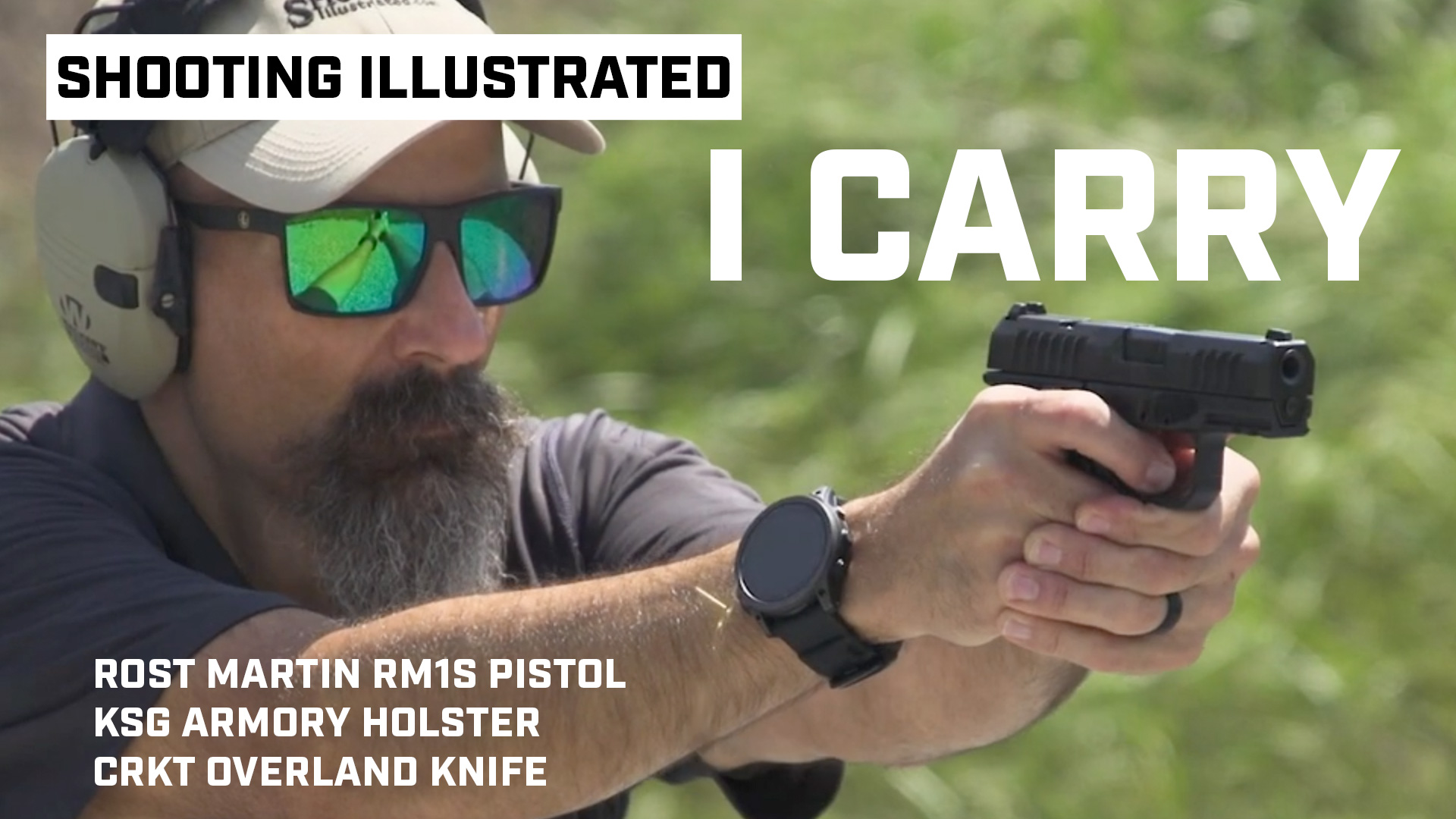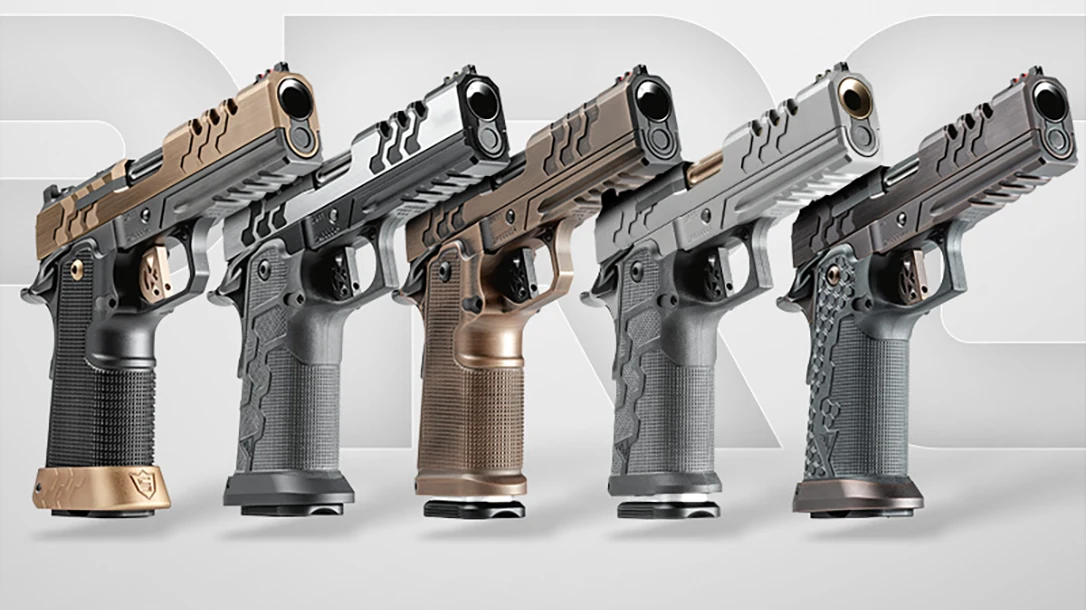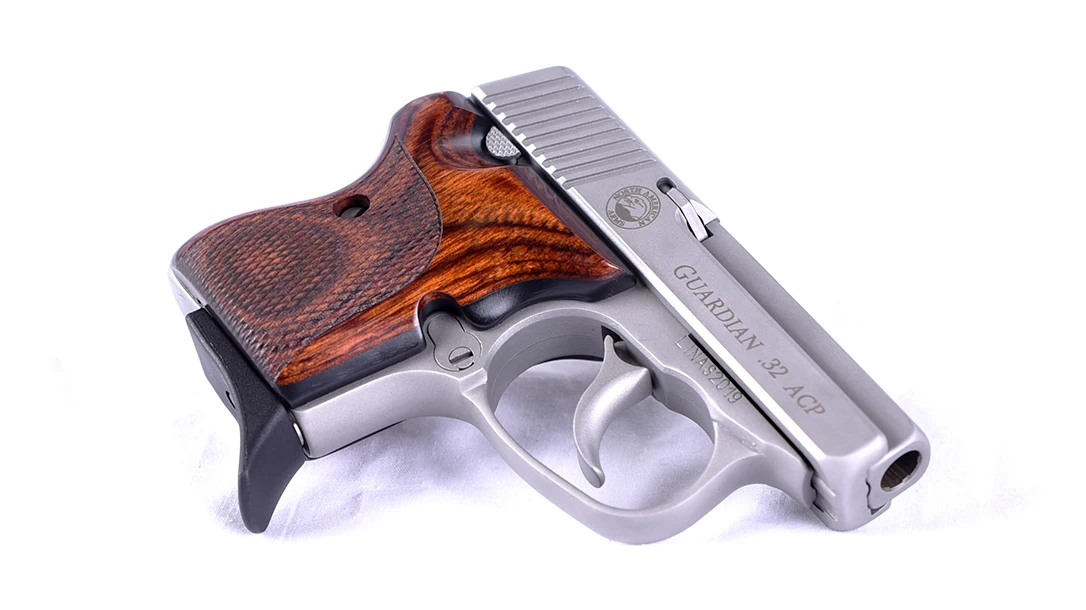Losing a Gunfight: Are You Behind the Power Curve?
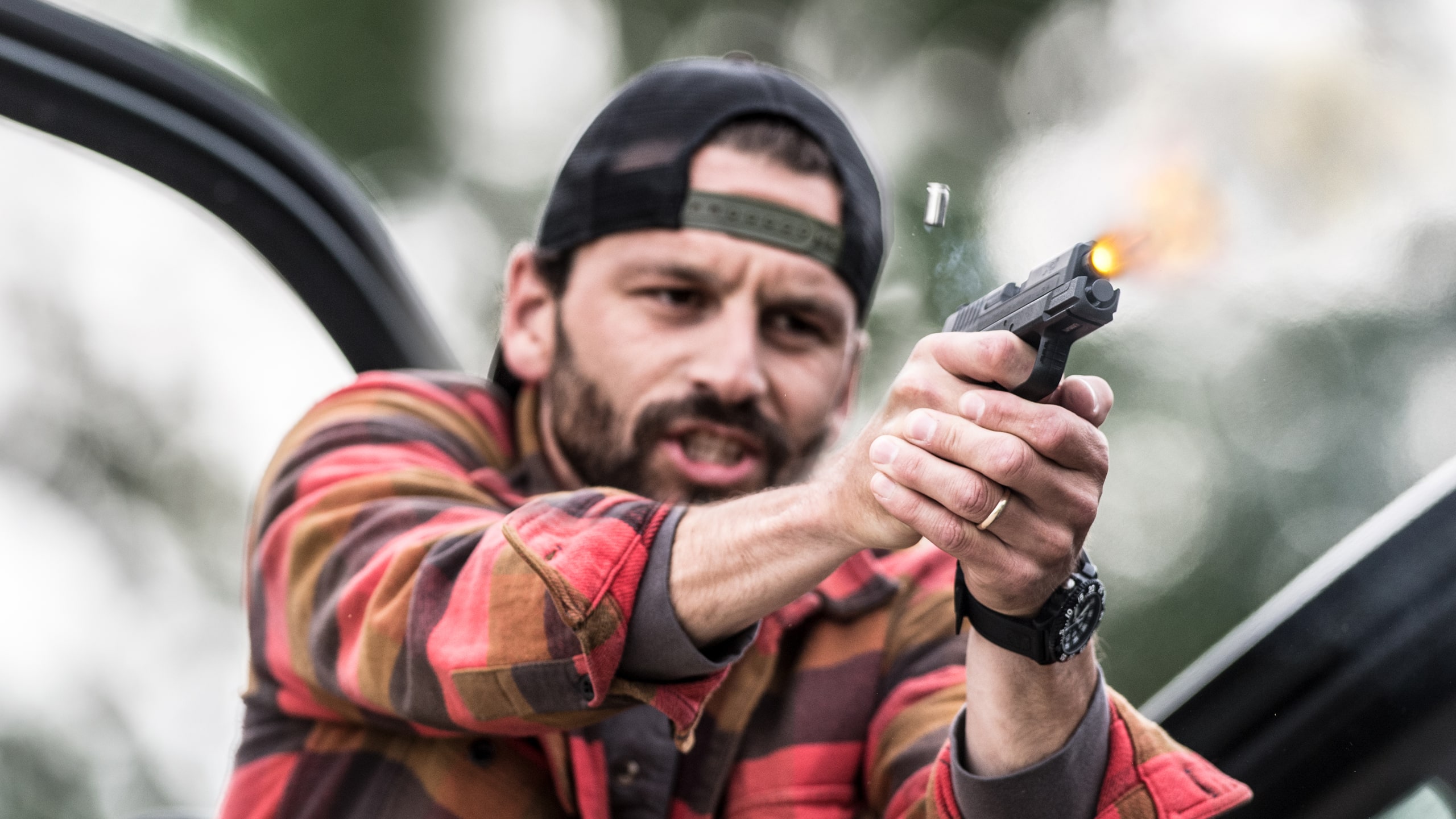
Needing to react physically in a gunfight or a fistfight means that you have found yourself behind the action-reaction power curve and must rapidly regain the initiative. What critical tips from the professionals can help you build faster reflexes to put you ahead of the curve?
Each of us is born with natural attributes. Some can run faster, jump higher or are way better at math than others. However, we all have an innate ability to react at varying speeds.
As part of this, the world of professional protection is divided into two specific skill sets — soft skills and hard skills. Soft skills are proactive measures such as applying good situational awareness, verbal judo, de-escalation and the like. Hard skills are any reactive measures which require physical response such as firearms, defensive tactics, defensive driving and the like.
Percentagewise, there’s a higher probability of using your soft skills over going to your hard skills. However, failing the application of your soft skills, you have only one remaining defensive option — applying your hard skills. Being behind the action-reaction power curve means your physical reactions need to be quick enough to slingshot you to the front of the curve and to take the initiative.
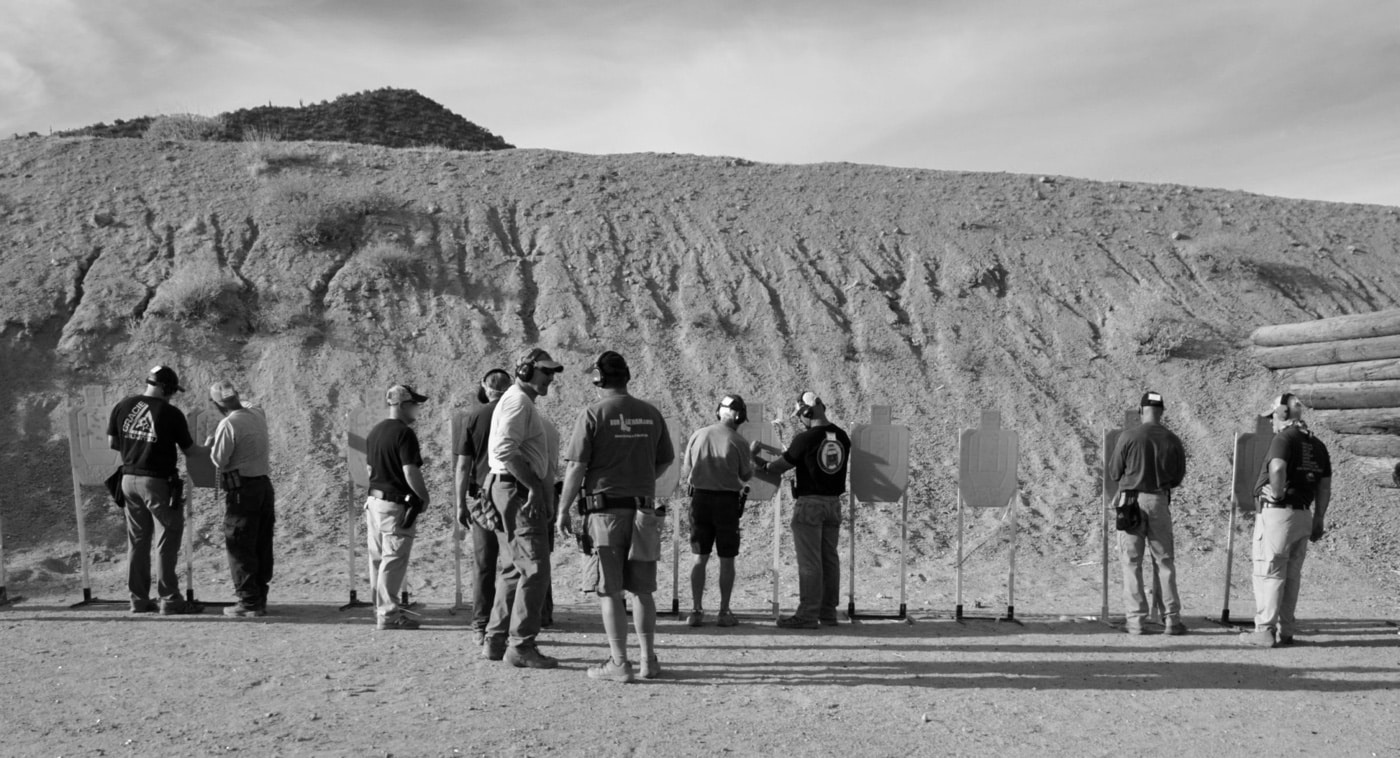
Rapid deployment of your hard skills can only be developed physically, using your body. Developing quick reflexes requires athleticism, repetition and consistency.
Athleticism
If you’re not a naturally gifted athlete, the good news is that you’re never too old to start training. Although some people are genetically predisposed, athletic prowess is something that can be developed over time.
People are not born knowing how to shoot, how to defend against a knife attack or how to drive defensively. As with any physical skill, your two choices are do-it-yourself online videos or professional instruction. Which of these do you believe will serve you best in developing lifesaving skills upon which you can full rely?
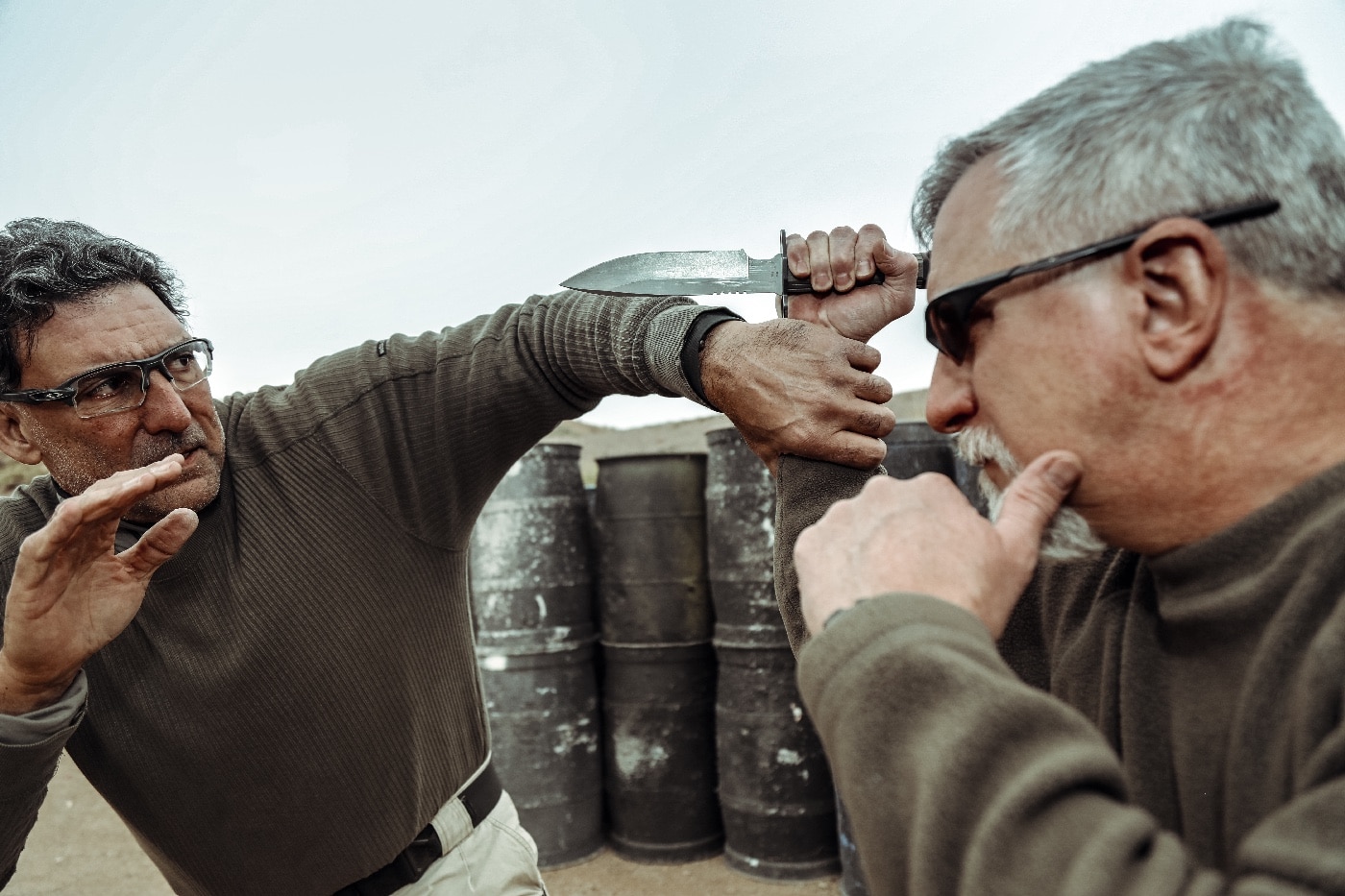
Step one — find yourself quality professional instruction.
We live in a sound-bite society where most people are conditioned to watch five-second “clickbait” presentations on their smart phones. Those same people expect to learn a complex physical skill in the same amount of time and are unwilling to make the time commitment necessary to develop fast reflexes.
If you’re serious about learning a dynamic hard skill and want to develop lightning-quick reflexes, then you must first be willing to commit the time and discipline it takes to develop athleticism.
Repetition
One of my Filipino martial arts masters once told me, “Repetition is the mother of all skills.” What he meant by that was correct repetitions. The old saying “Practice makes permanent” is as true today as it was to those Filipino warriors who killed Magellan and his battle-hardened crew in the Battle of Mactan[1]. According to the masters, speed can only be developed by tens of thousands of correct repetitions.
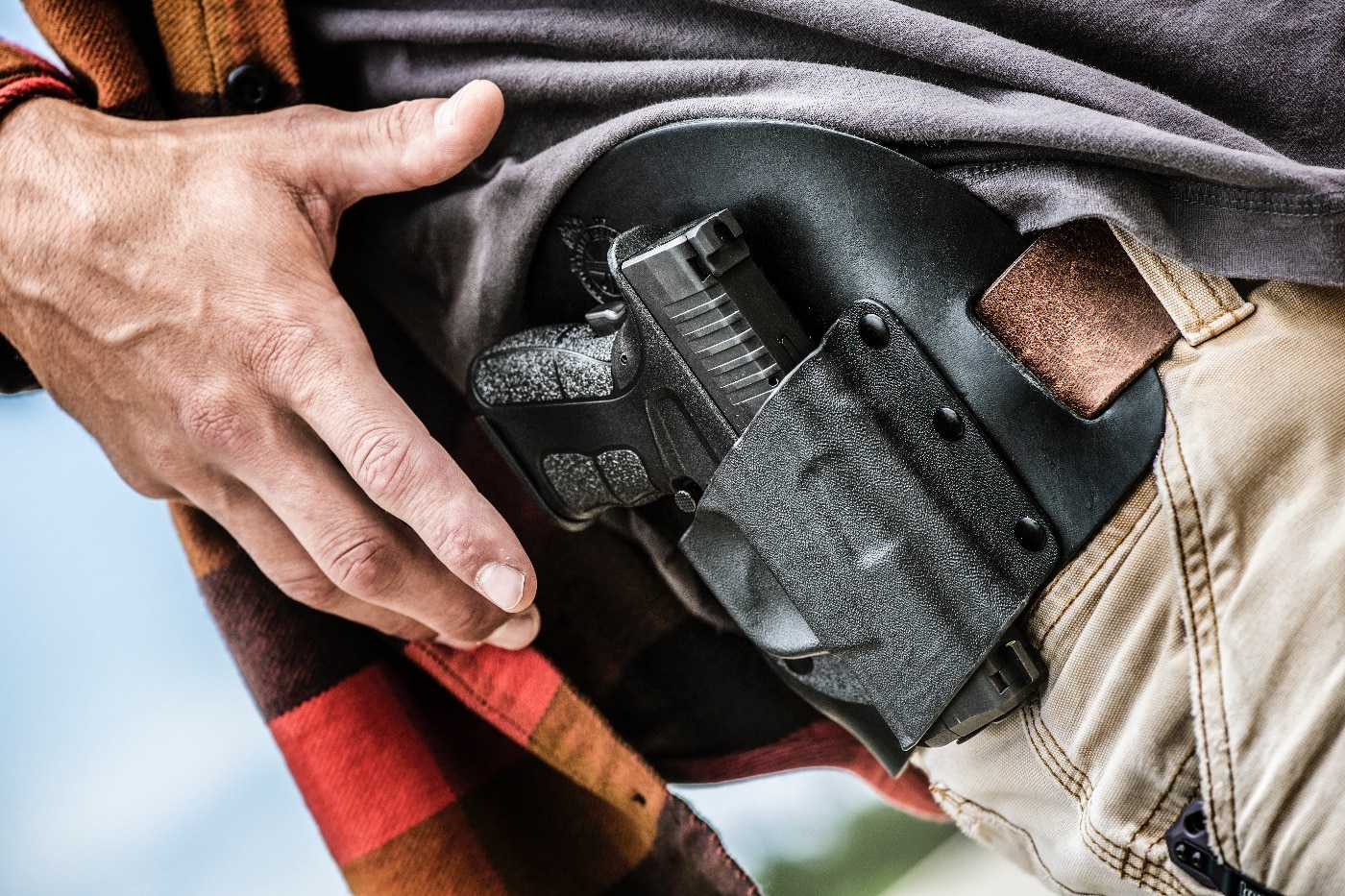
Grandmaster competitive shooter and multi-time world champion master-level instructor Rob Leatham has blistering hand speed, eye-hand coordination and legendary gun control skills.
Master Rob can draw from his holster and place a round on target in about a half a second. To us normal earth-walkers, those are lightning-fast reflexes. When asked how he gained such breakneck speed (and accuracy), Rob responded, “Oh, about a million rounds downrange.”
What he is referring to is repetitions. According to Rob, the correct shooting process is simply orienting the muzzle in alignment with the target and pressing the trigger without disturbing that orientation. Anything other than that is incorrect.
You know you got it right when you hit what you were aiming at and wrong when you missed. It’s pretty much a go or no-go result.
Consistency
When I was training in West Java (part of the Indonesian Archipelago), it was quite impressive to observe the incredible hand-speed of the masters wielding edged and impact weapons. When I asked them, “Sir, how is it that you can move so quickly even to the well-trained eye?”
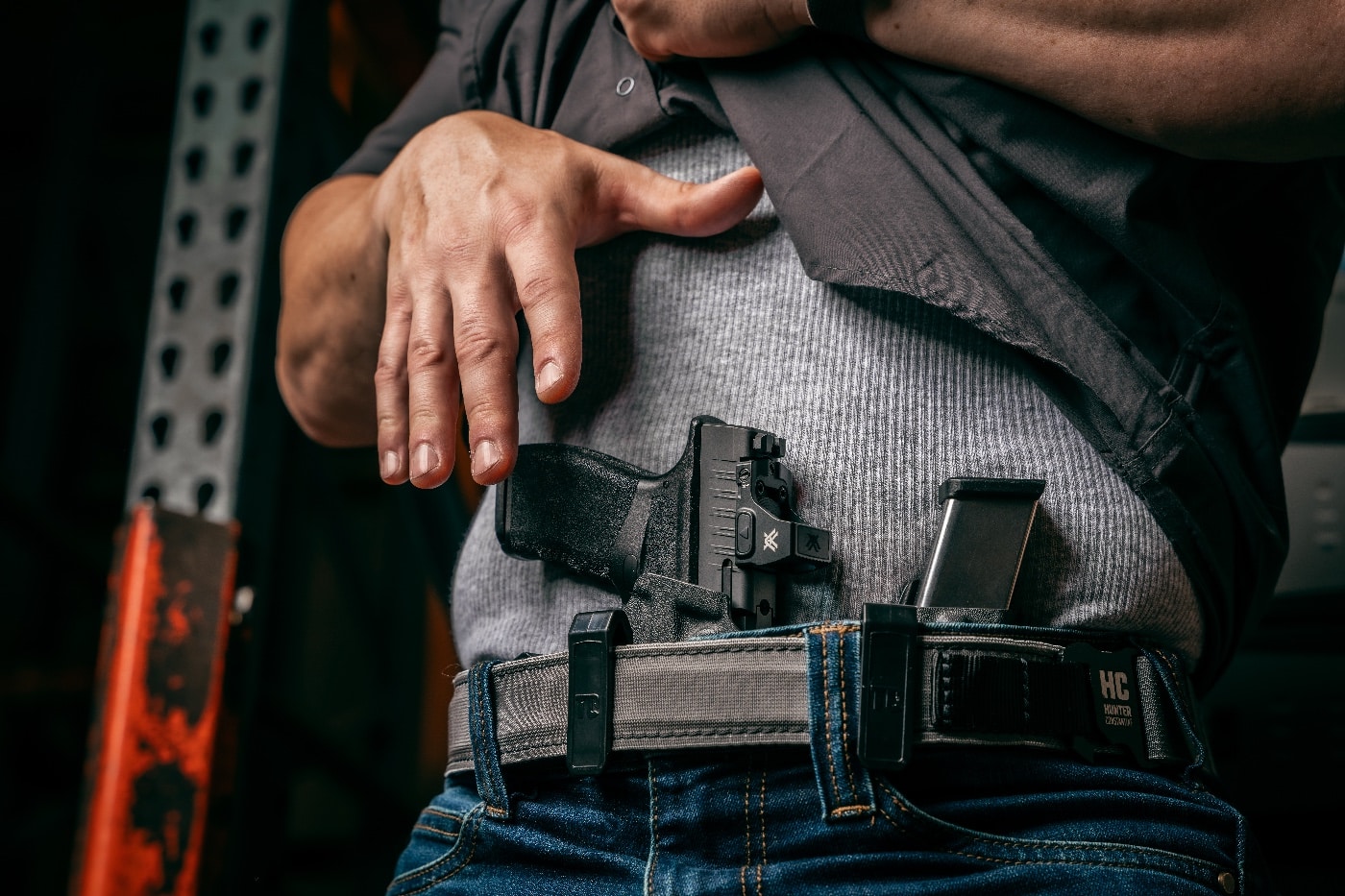
The answer is something I never forgot. He explained that each correct repetition is like a drop of water in the dry sand in a desert. At first, correct repetitions are few and far between; maybe one out of a thousand reps (a slow drip), and then one out of a hundred reps (a slightly quicker drip), and eventually one out of every 10 reps (now picking up some speed). The correct reps eventually form a trickle like a narrow stream or creek, and then with much more volume (reps) they produce a rushing river that is unstoppable.
To err is human, and it is a well-known fact that the master has failed more times than the novice has tried. It’s said that an expert can get it right, but a professional cannot get it wrong. Are you going to make more mistakes than getting it right in developing such consistency? The answer is “yes.” Consistency is strongly recommended and encouraged by the masters.
Athleticism, repetition and consistency produce visual acuity, eye-hand coordination, hand-speed and above all efficiency — no wasted physical movement. These are the earmarks of lightning-fast reflexes.
Editor’s Note: Be sure to check out The Armory Life Forum, where you can comment about our daily articles, as well as just talk guns and gear. Click the “Go To Forum Thread” link below to jump in!
1. A fierce clash fought in the Philippines on 27 April 1521. The warriors of Lapulapu, one of the Datus (respected chieftains) of Mactan, overpowered and defeated a Spanish force fighting under the command of Portuguese explorer Ferdinand Magellan, who was killed in the battle.


